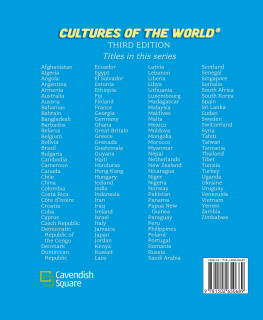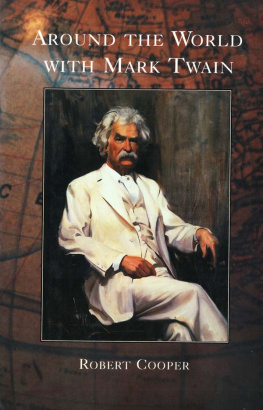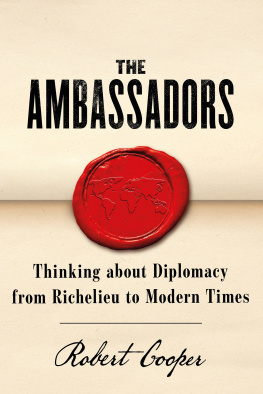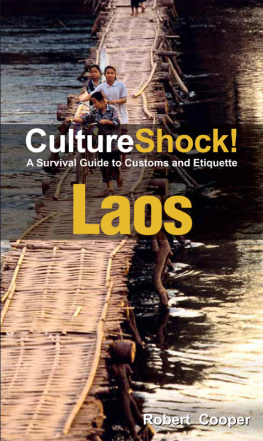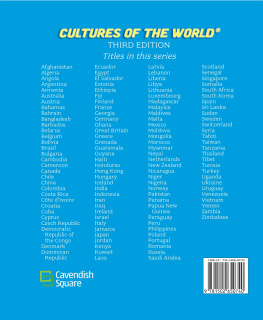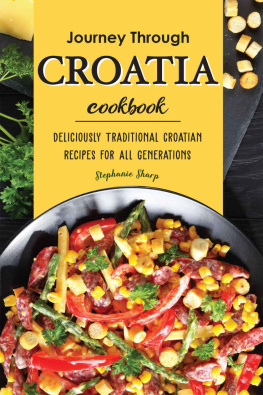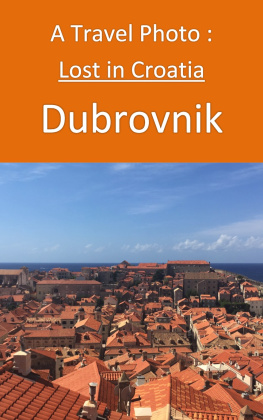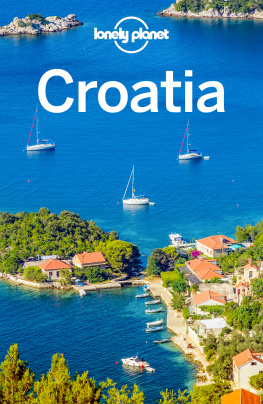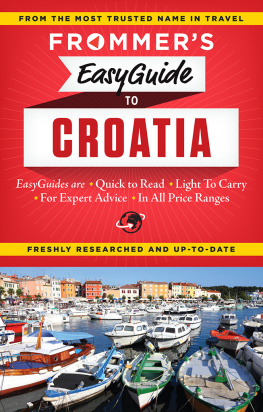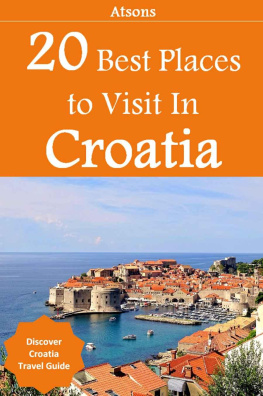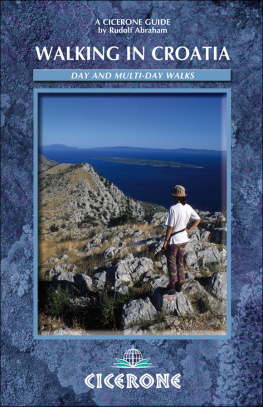
Published in 2020 by Cavendish Square Publishing, LLC
243 5th Avenue, Suite 136, New York, NY 10016
Copyright 2020 by Cavendish Square Publishing, LLC
Third Edition
No part of this publication may be reproduced, stored in a retrieval system, or transmitted in any form or by any meanselectronic, mechanical, photocopying, recording, or otherwisewithout the prior permission of the copyright owner. Request for permission should be addressed to Permissions, Cavendish Square Publishing, 243 5th Avenue, Suite 136, New York, NY 10016. Tel (877) 980-4450; fax (877) 980-4454.
Website: cavendishsq.com
This publication represents the opinions and views of the author based on his or her personal experience, knowledge, and research. The information in this book serves as a general guide only. The author and publisher have used their best efforts in preparing this book and disclaim liability rising directly or indirectly from the use and application of this book.
All websites were available and accurate when this book was sent to press.
Library of Congress Cataloging-in-Publication Data
Names: Cooper, Robert, 1945 August 2- author | Spilling, Michael, author. | Nevins, Debbie, author.
Title: Croatia / Robert Cooper and Michael Spilling; Debbie Nevins.
Description: Third edition. | New York: Cavendish Square Publishing, 2020. | Series: Cultures of the world | Includes bibliographical references and index. | Audience: Ages 10 | Audience: Grades 4-6 | Summary: Croatia is a country with a vast history that has survived times of war and conflict to now enjoy growth and prosperity. Today, Croatia is a place where tourists find and enjoy beautiful havens and stunning landscapes. This book offers readers the chance to see what life in Croatia is like, including details of its history, government, lifestyle, sport, and popular foods. Vivid photographs, detailed descriptions of key locations, and compelling sidebars are sure to entice and encourage budding explorers-- Provided by publisher.
Identifiers: LCCN 2019026941 (print) | LCCN 2019026942 (ebook) | ISBN 9781502650689 (library binding) | ISBN 9781502650696 (ebook)
Subjects: LCSH: Croatia--Juvenile literature.
Classification: LCC DR1510 .C66 2020 (print) | LCC DR1510 (ebook) | DDC 949.72--dc23
LC record available at https://lccn.loc.gov/2019026941
LC ebook record available at https://lccn.loc.gov/2019026942
Writers, Robert Cooper and Michael Spilling; Debbie Nevins, third edition
Editorial Director, third edition: Katherine Kawa
Editor, third edition: Debbie Nevins
Art Director, third edition: Andrea Davison-Bartolotta
Designer, third edition: Jessica Nevins
Production Manager, third edition: Rachel Rising
Cover Picture Researcher: Jessica Nevins
Picture Researcher, third edition: Jessica Nevins
PICTURE CREDITS
The photographs in this book are used with the permission of: Cover Zvonimir Atletic/.
Printed in the United States of America


S HROUGHOUT MUCH OF THE TWENTIETH CENTURY, CROATIA WAS part of a larger country called Yugoslavia, located in Central and Southeast Europe. Digging more deeply into history, however, reveals a Croatian statehood in one form or another in this region dating back many centuries. Though the roots of the nameHrvatska, as the Croatians themselves call itare uncertain, a land of the Croats has existed on and off since 879 CE.
Situated between the Pannonian Plain to the north, the Adriatic Sea to the west, and the mountainous Balkan Peninsula to the south, Croatia is a crescentor wishbone-shaped country of 4.3 million people. It is home to ancient Greek and Roman ruins, magnificent Gothic and Baroque architecture, spectacular national parks, and nearly 1,200 islands nestled along its extraordinarily beautiful 1,104-mile-long (1,777-kilometer-long) coastline.
Dominated by larger foreign neighbors for much of its history, Croatia emerged from the breakup of the former Yugoslavia in the early 1990s. A bloody and divisive war of independence followed, ending in 1995. The war damaged the nation in many ways that are still being felt, from the disruption and loss of lives to the expenses incurred in rebuilding. Some beautiful towns, such as Dubrovnik and Vukovar, were badly damaged in the war but have now been rebuilt.

A water tower in Vukovar is being built as a symbol of the citys suffering in the Croatian War of Independence.
Since its rebirth, Croatia has struggled to stabilize itself as a new democracy, but it has largely succeeded, albeit imperfectly. Nevertheless, peace has held, and the countrys acceptance into the European Union (EU) in 2013 was widely seen as a sign of progress.
With the threat of wartime violence fading further into the past, Croatia now hopes to entice more visitors. Tourism is its most important industry. The countrys magnificent Dalmatian coast has long been a destination for European travelers. The Adriatic waters are clear, with many miles of beaches offering all the usual sea sports and activities. The islands feature charming towns of red-roofed buildings mixed among ancient ruins.
Unlike in many countries, Croatias capital city, Zagreb, is not its top tourist attraction. That is the medieval city of Dubrovnik, located on the southern tip of Croatias coastline. The Pearl of the Adriatic includes a fortified, walled Old Town section that was named a UNESCO World Heritage site in 1979. Despite that designation as a historical treasure, the city was heavily shelled during a Serb invasion in 1991. Since being repaired according to UNESCOs careful guidelines, the city is once again attracting touristsso many that its actually overwhelmed.

The turquoise waters of the Adriatic contrast with the red roofs and white walls of Old Town Dubrovnik.
In 2018, Dubrovnik officials had to take steps to reduce the hordes of visitors, especially in the Old Town section, in order to protect against the hazards of severe overcrowding. It doesnt help that the wildly popular TV series Game of Thrones filmed certain scenes in the city over its eight-season run. Now those sites are attracting fans of the fantasy series in addition to the usual cruise ship crowds.
After Venice, Dubrovnik has become the second most popular cruise destination in the Mediterraneana blessing that has become more of a curse. The crowds upset the citys normal way of life, and many locals are leaving to escape the constant carnival atmosphere. Crowds of tourists bring money, but they also bring pollution and detract from the authenticity of the place.

Crowds of tourists enjoy a beach in Dubrovnik. Despite overcrowding in this historic city, Croatia is trying to attract more tourists to other areas of the country.
Zagreb lies to the north and far inland, on the upper arm of Croatias unusual shape. One arm of the countrys wishbone shape stretches down the Adriatic coast in the Dalmatia region, while the other, upper arm reaches far inland into the flat plains of Slavonia. Dalmatia and Slavonia are two of the four historical regions that make up the country. Slavonia, a largely agricultural and winemaking region, is a center of folklore and traditional culture.

